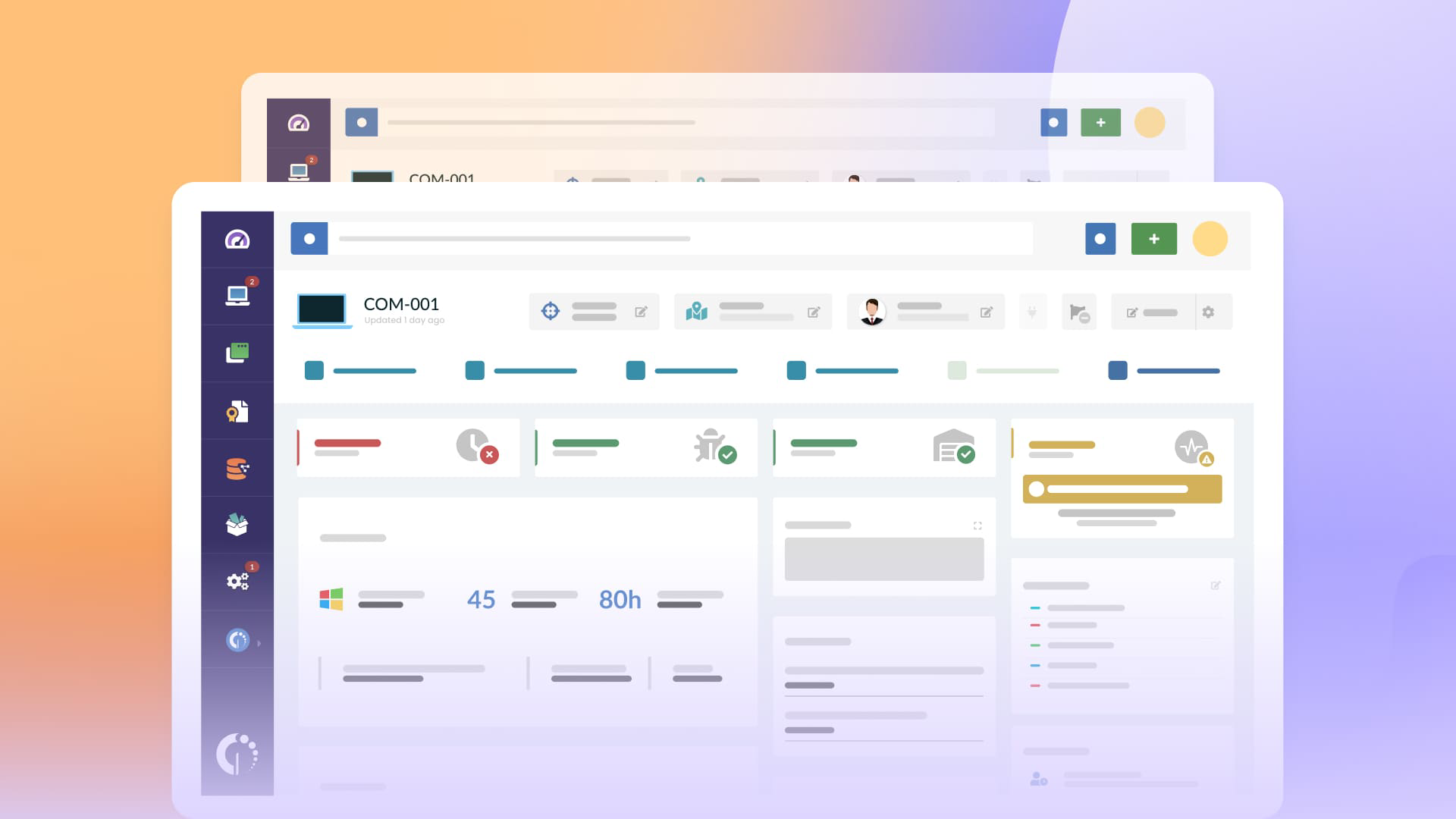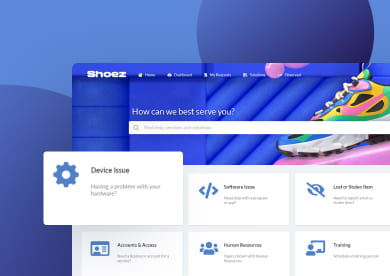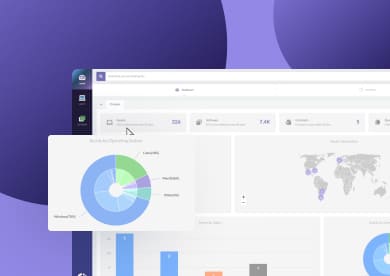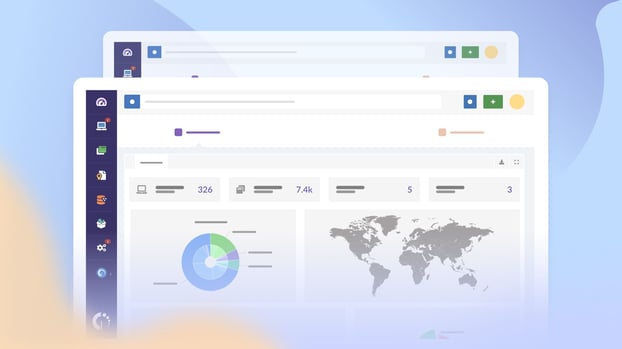If you're looking for strategies to prevent asset theft in your company, adding anti-theft asset tags to your equipment is, at first glance, a solid idea. In fact, the benefits seem obvious: by applying physical tags, you can deter and prevent asset theft and even recover and manage those already compromised. Sounds great, right?
However, before you rush headlong into a system like this, let’s take two steps back, take a deep breath, and rethink the strategy for a moment. Is asset theft a real and current problem in your company? Is it a potential future issue? Is it an issue at all?
This may seem unnecessary, but asking yourself these questions is crucial for properly designing your Asset Management strategy and avoiding the selection of an over-the-top solution that doesn’t align with your company’s actual needs.
In this article, I’ll clarify what anti-theft tags are, what they’re used for, and when you should consider implementing a system like this. And most importantly, I’ll discuss how prevention is the best strategy for those who sleep with one eye on their assets.
What are anti theft asset tags used for?
Anti-theft asset tags are durable, tamper-proof labels designed to protect valuable assets from theft. In most cases, these are stickers placed on assets that provide key information to deter theft—often casually mentioning that the asset is under constant monitoring. They also serve as a way to report stolen items if they’ve already been compromised and can even help return the asset to the appropriate authority if it’s been lost or sold to someone unaware of its true origin.
What do anti-theft asset tags include?
Anti-theft asset tags pack a punch with a variety of built-in features to ensure maximum protection and easy tracking. They typically include warning text to deter thieves, scannable QR codes or barcodes for quick access to asset details and unique serial numbers for precise identification. They may also display key contact information, making it easier to report theft or return lost assets to their rightful owner.
Does your organization need to worry about asset theft?
Short answer? Yes. If you’re an asset manager, you should be concerned about company assets being stolen. The complications would be countless. Not only would you lose the asset, but you’d also be compromising the company’s security and affecting employee productivity, to name a few.
Now, you need to question whether this is truly a problem. Asset theft may not be your company’s number one concern. How many theft cases were reported in your organization last year? Is it really a recurring issue?
The truth is, asset theft can seem like a looming threat, even in the near future, but it could just be an exaggerated fear without much basis—especially in small and medium-sized businesses with limited assets. Why? Because it’s too expensive. Mistakes like this waste both money and time.
Instead of channeling your energy into overly complex theft deterrence strategies and stolen asset recovery plans, it might be wiser to start by designing an effective prevention strategy. First and foremost, ask yourself if an over-the-top anti-theft plan is really necessary.

Preventive asset inventory tracking
When it comes to asset theft, prevention always beats reaction. Instead of scrambling to recover stolen assets, a preventive approach to asset inventory tracking ensures they don’t go missing in the first place.
This proactive method helps you maintain visibility, stay organized, and establish strong security protocols. As the backbone of any effective Asset Management strategy, it sets the stage for protecting your company’s valuable equipment without the need for costly recovery efforts.
One of the most important steps in your prevention strategy is choosing the right Asset Management tools. A reliable tool will help you build a complete inventory, track assets in real time, and assign accountability. With a strong inventory foundation, you’ll know exactly what you own, where it’s located, and who’s responsible for it—all critical elements in preventing asset loss or theft.
But it doesn’t stop there. Effective prevention also requires assessing which assets are most critical to your business. Not every device needs tagging or tracking, so conduct a criticality assessment based on Confidentiality, Integrity, and Availability requirements to prioritize those that matter most.
Combine this with a strong control mechanism, like agent-based tracking that some inventory tools provide, to get real-time updates on asset location and security status. By covering all these bases, you’ll be well-equipped to keep your assets safe while optimizing management efforts.
Let InvGate Asset Management do it for you

There are plenty of tools you can use to build a comprehensive Asset Management strategy. Some companies still rely on Excel for Asset Management—a choice that, in the long run, could lead to more headaches than benefits.
No matter where you’re starting from, it’s essential to consider modern software, like InvGate Asset Management, that meets all your company’s needs and simplifies Asset Management for your team.
Build your asset inventory with a few clicks
InvGate Asset Management is an excellent option for tracking, managing, and—most importantly—preventing asset theft through a strong prevention strategy. First of all, it lets you create a complete asset inventory with ease.
InvGate Asset Management offers several methods to track and upload assets, allowing you to choose the one that fits your specific needs. You can install an agent on your devices for real-time updates, use the Discovery feature to find network devices, sync assets from cloud services, upload data via .xls or .csv files, manually create assets, or import users and locations. Easy, right?

Track your IT assets and non-IT assets
InvGate Asset Management offers tracking options using QR codes and agent-based technology. With QR codes, you can tag physical assets and access their details instantly through a quick scan—no external apps needed. These codes help streamline asset identification and reduce manual work by linking directly to the asset's profile with information like location, status, and maintenance records.
The agent-based tracking feature automates asset monitoring by continuously reporting device status, geolocation, and updates, even across different networks. This ensures you always have accurate, real-time visibility into your IT assets and can set alerts for specific changes or issues.

Smart tags for critical assets
Let’s talk about criticality. InvGate Asset Management’s smart tags automatically label and categorize assets based on risk-related criteria, making it easy to identify those critical to your operations. By segmenting assets through custom parameters—like outdated software or missing security measures—you can pinpoint high-priority devices that need extra protection. This can help you match assets and selectively apply anti-theft stickers to only the most critical ones, ensuring your efforts are targeted and efficient without tagging every asset unnecessarily.
To sum up
In conclusion, anti-theft asset tags can be valuable, but only when integrated into a well-designed prevention strategy. By identifying critical assets through tools like InvGate Asset Management’s smart tags and using selective tagging, you can ensure that your security efforts are focused and effective.
Before committing to physical tags, take the time to build a complete inventory and assess your real risk of asset theft. This approach not only optimizes protection but also prevents unnecessary spending, helping you safeguard assets while keeping your Asset Management strategy practical and efficient.















